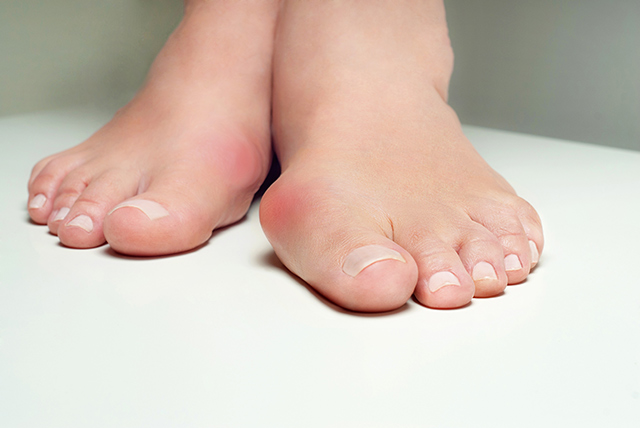Did you know pine trees can be used as food, medicine and survival equipment?
09/08/2015 / By medicinenews

The pine is one of the most useful trees on the planet, providing food, shelter, medicine and fuel. Knowing how to utilize this versatile resource could someday be the key to your very survival if you find yourself alone in the wilderness.
There are many species in the pine family (or genus Pinus), and they can be found virtually everywhere in the world.
Here are just a few of the many uses for pine trees (or conifers):
Food:
Many types of pine needles can be used to make a tea rich in vitamin C. Simply steep a handful of needles for 5-10 minutes. The longer you steep them, the less vitamins will remain, so don’t overdo it.
It’s important to note that some pine needles are poisonous — be sure to avoid consuming the needles from the Norfolk Island Pine (Araucaria heterophylla), the Yew (Taxus) and the Ponderosa Pine (Pinus ponderosa — also known as Western Yellow Pine, Bull Pine and Blackjack Pine). Make sure to learn the differences between the edible and non-edible varieties before making pine needle tea.
Pine nuts from all varieties of pine are edible, although some are small and not typically harvested. They can be a little tricky to harvest and perish quickly once they are shelled but can be stored longer if left in their shells or roasted.
Inner pine bark and pine resin are edible; male pine cones and their pollen can also be eaten. Native Americans chewed pine resin as sort of a natural chewing gum. The inner bark of large pine trees is edible, and the bark from young pine twigs can be eaten as well. Be careful not to damage or kill a pine tree by tearing off too much bark, and never “ring” the bark from a pine tree.
Mother Nature's micronutrient secret: Organic Broccoli Sprout Capsules now available, delivering 280mg of high-density nutrition, including the extraordinary "sulforaphane" and "glucosinolate" nutrients found only in cruciferous healing foods. Every lot laboratory tested. See availability here.
Instead, tear off small pieces of bark or look for branches that have already fallen. The inner bark can be eaten raw — it can also be boiled, fried or cooked over a flame.
Medicine:
Pine resin is a natural antiseptic and disinfectant. It also has antimicrobial and antifungal properties. It can be directly applied to wounds or sores and helps keep germs out. Pine resin can also be used to staunch the flow of blood.
The resin can also be used to extract splinters — just dab some on the skin where the splinter is embedded and within a day or two the splinter should come out on its own.
Fuel:
Pine resin makes a great fire starter, particularly in damp settings. You can usually find a spot on a pine tree where resin is oozing out from a break in the bark — try not to injure the tree to collect pine resin, but if necessary, make a small break in the bark or break a branch. The resin will begin to ooze out as protection for the tree.
If you are in an area where there are pine stumps, look for places on the stump where resin has soaked the wood and made it sticky. Tear small strips of the stickiest wood from the stump and save them as aids for starting fires.
Shelter:
Pine boughs can be used to create shelter, and pine needles can be used to make a soft, warm and dry bed.
Waterproofing and other uses:
Pine resin can be used as a waterproofing agent and works well on tent seams, boots and mittens.
Heat pine resin up and mix with ashes or charcoal from your campfire to make glue. Once cooled, the glue will harden but can be easily heated up again when it is needed.
Sources:
Tagged Under:




















